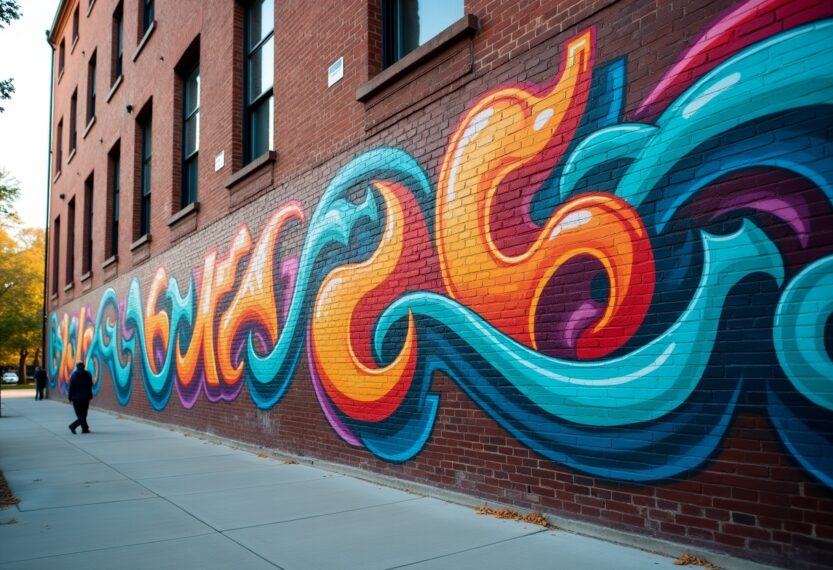The recent political upheaval in the United States has left an indelible mark on the cultural landscape, prompting artists, filmmakers, and writers to grapple with the implications of a second Trump presidency. As the nation reflects on its past and anticipates the future, the question arises: how will this new era shape the creative expressions of our time?
Art as a response to political turmoil
Throughout history, art has served as a powerful medium for processing societal changes and political unrest. The Trump administration, marked by controversy and division, has inspired a wave of artistic responses that seek to confront and critique the status quo. From films that tackle issues of climate change and social justice to television series that explore the complexities of privilege and power, the creative community is poised to reflect the tumultuous reality of contemporary America.
Works like Don’t Look Up and Promising Young Woman have emerged as cultural touchstones, addressing themes of denialism and systemic injustice. These narratives resonate deeply with audiences, offering a lens through which to examine the broader implications of political leadership and societal values. As artists navigate the challenges of this era, their work becomes a vital commentary on the state of the nation.
The evolution of storytelling in uncertain times
As we move further into this new political landscape, the nature of storytelling is evolving. The narratives crafted during the Trump era often reflect a sense of urgency and a desire for change. However, there is also a palpable weariness among creators, who may feel overwhelmed by the relentless pace of news cycles and the weight of societal expectations. This fatigue can lead to a retreat into escapism, with some artists opting for lighter, more whimsical fare as a means of coping with the harsh realities of the world.
Yet, the challenge remains: how can art effectively confront the complexities of a divided nation? The answer may lie in a balance between introspection and activism, where creators harness their platforms to advocate for change while also providing audiences with moments of levity and hope. The interplay between these two approaches will likely define the cultural output of the coming years.
The role of independent cinema and global perspectives
In the face of mainstream Hollywood’s hesitance to tackle contentious political issues directly, independent filmmakers and international voices are stepping into the void. These creators often possess the freedom to explore themes that resonate with marginalized communities and challenge dominant narratives. As the landscape shifts, we may witness a resurgence of bold storytelling that prioritizes authenticity and social relevance.
Moreover, the global perspective on American politics can enrich the discourse, offering insights that transcend borders. As artists from diverse backgrounds engage with the complexities of American society, they contribute to a more nuanced understanding of the cultural implications of political decisions. This cross-pollination of ideas can foster a richer artistic dialogue and inspire audiences to reflect on their own experiences within the broader context of global politics.
In conclusion, is one of both challenge and opportunity. As artists grapple with the realities of a changing political climate, their work will undoubtedly shape the narratives of our time, reflecting the hopes, fears, and aspirations of a nation in flux.




